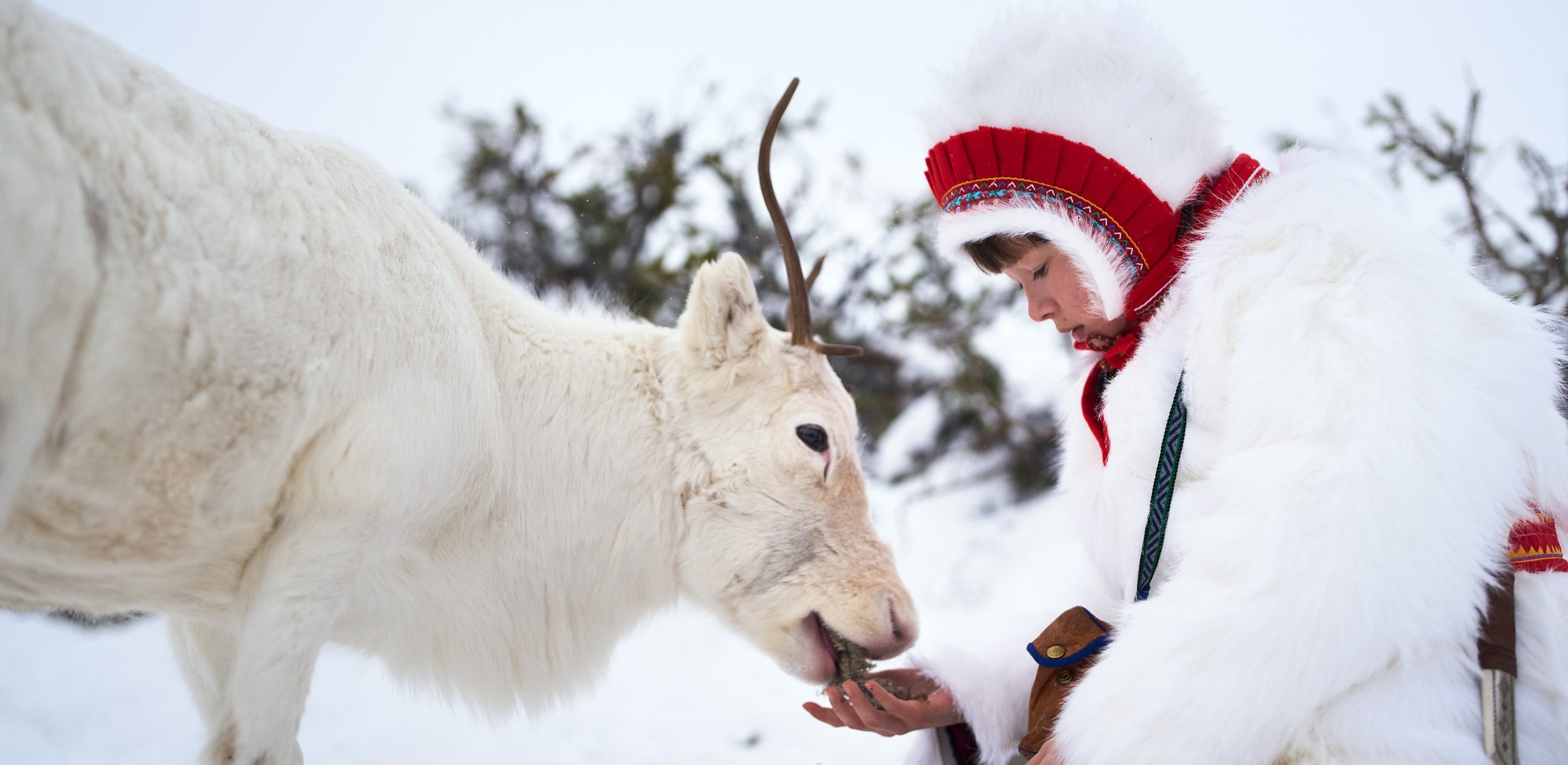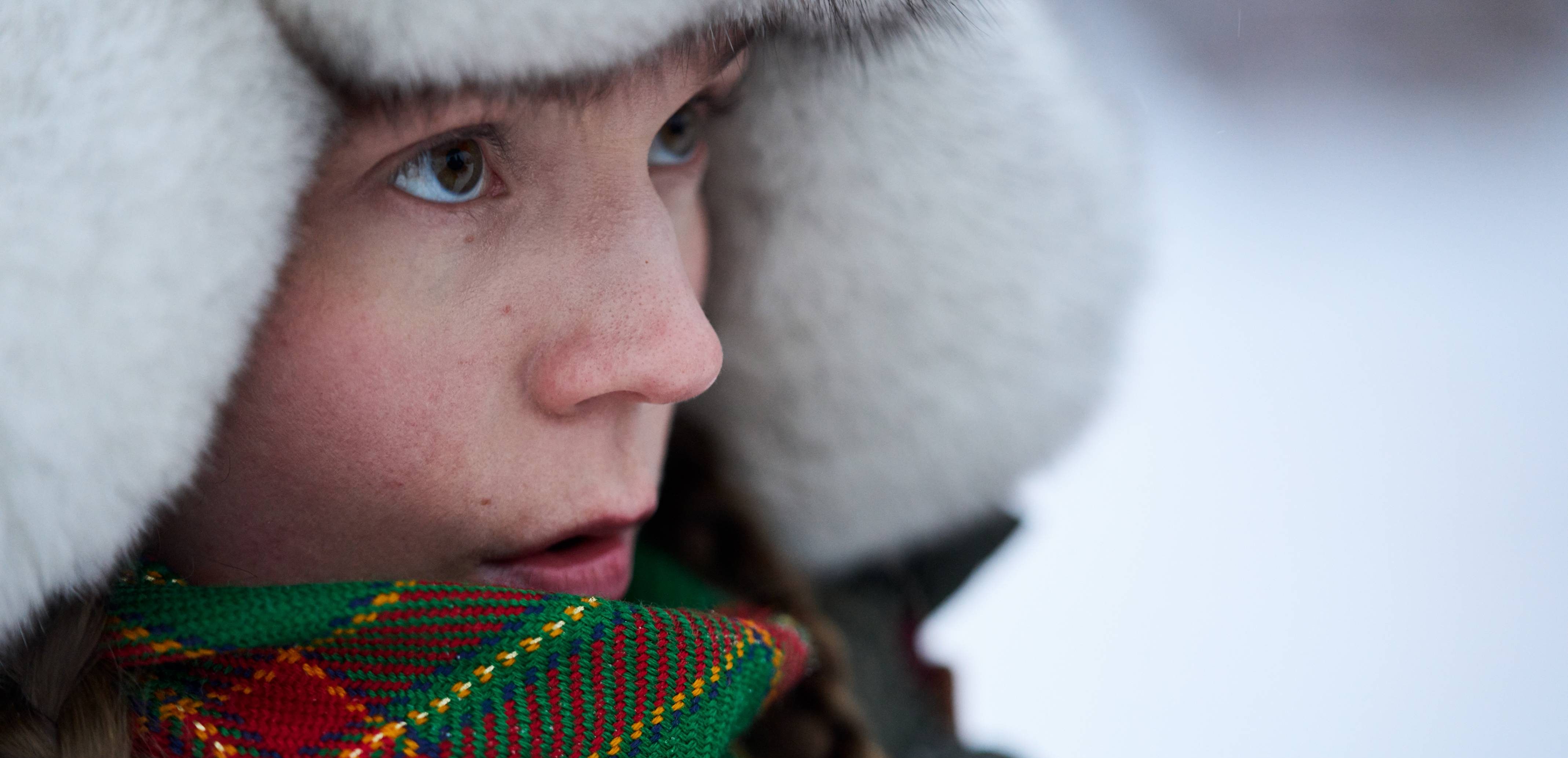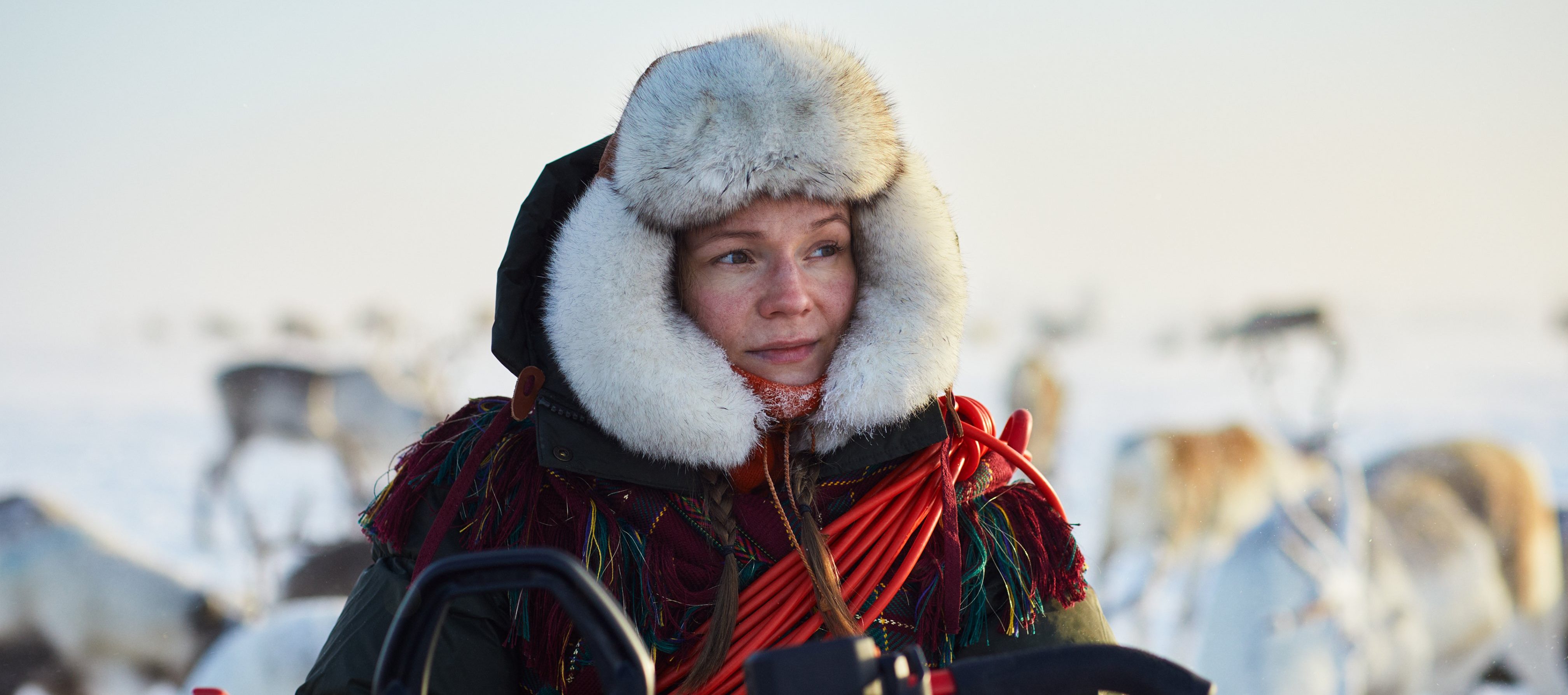Netflix’s Swedish film ‘Stolen’ revolves around Elsa Stuorbma, a young Sámi girl who deals with the illegal poaching of her community’s reindeer. After losing her calf to a poacher named Robert, Elsa sets out to stand against the atrocities her indigenous group has been facing for years. She expresses her anger towards the local authorities who fail to capture the killer who has been hunting down a part of the Sámi people’s lives. The character Elsa was conceived by Ann-Helén Laestadius for her novel ‘Stolen,’ the source text of Elle Márjá Eira’s movie. Even though she doesn’t have an exact counterpart in real life, there are several individuals like Elsa in Scandinavia!
The Inspirations Behind Elsa Stuorbma
Elsa is a fictional character Ann-Helén Laestadius conceived for her novel ‘Stolen.’ However, she represents several Sámi people who reside in Sápmi, a cultural region located in Northern Europe, specifically in Sweden, Norway, Finland, and Russia. The relationship between Elsa and her reindeer calf Nástegállu mirrors the connection between the Sámi people and their herd. “Often the herders have a personal connection with their reindeer, recognizing them individually and giving them names. The reindeer become something that the whole family gathers around, creating a bond that unites them,” Laestadius explained to The Independent.

The narratives of Laestadius’ novel and Elle Márjá Eira’s film adaptation revolve around the reindeer killings that happen around Elsa, who also loses her calf to a hunter. In the Sápmi region, hundreds of people have dealt with the illegal killings of reindeer, just like the protagonist. Laestadius wrote her book after garnering one hundred police reports concerning the slaughtering of the community members’ animals. The experiences of the owners of those reindeer became the foundation of what Elsa goes through in the novel. To confirm the accuracy of her narrative, the author gave the manuscript of her work to reindeer herders like her character to read.
There are traces of Laestadius in Elsa as well. In the film, Elsa’s companion Lasse kills himself after suffering from varying conflicts that concern his Sámi identity. Mattias, Elsa’s brother, also considers suicide at the end of the movie after losing several of his reindeer. In reality, the author lost two cousin brothers to suicide. “Suicide is something that every Sámi family has been through. I wanted people to know; this is what happens when you treat people like this, when they get so much hatred,” Laestadius told The New York Times. The anger Elsa expresses is not different from the feeling the author had while writing her novel. “I wrote this book with a lot of anger,” the writer added.

Elsa is the victim of the immense hatred that exists in her society, and country for that matter, against the Sámi people. Her father Nils-Johan fails to protect his daughter from the same. In real life, there are several children like Elsa, and Laestadius created the character after talking to the parents of such kids. “Through my research, I spoke to several reindeer herders about the anxiety they felt about their children being forced to grow up with Sámi hatred and reindeer killings. They often felt inadequate because they were unable to protect their children from the cruelty,” the author told PEN Transmissions.
Elle Márjá Eira, who directed the Netflix movie, finds herself in Elsa as a reindeer owner. “It is about time that the world gets to know this story, and what is going on in Sápmi today. I am a reindeer owner myself, and I recognize myself in this story. I also know that my fellow indigenous sisters, brothers, and ancestors are with me,” the filmmaker shared in a statement. Through Elsa, Laestadius and Eira open windows into the lives of numerous Sámi people with similar experiences.
Read More: Netflix’s Stolen: Why Does Robert Isaksson Kill the Reindeer?


You must be logged in to post a comment.